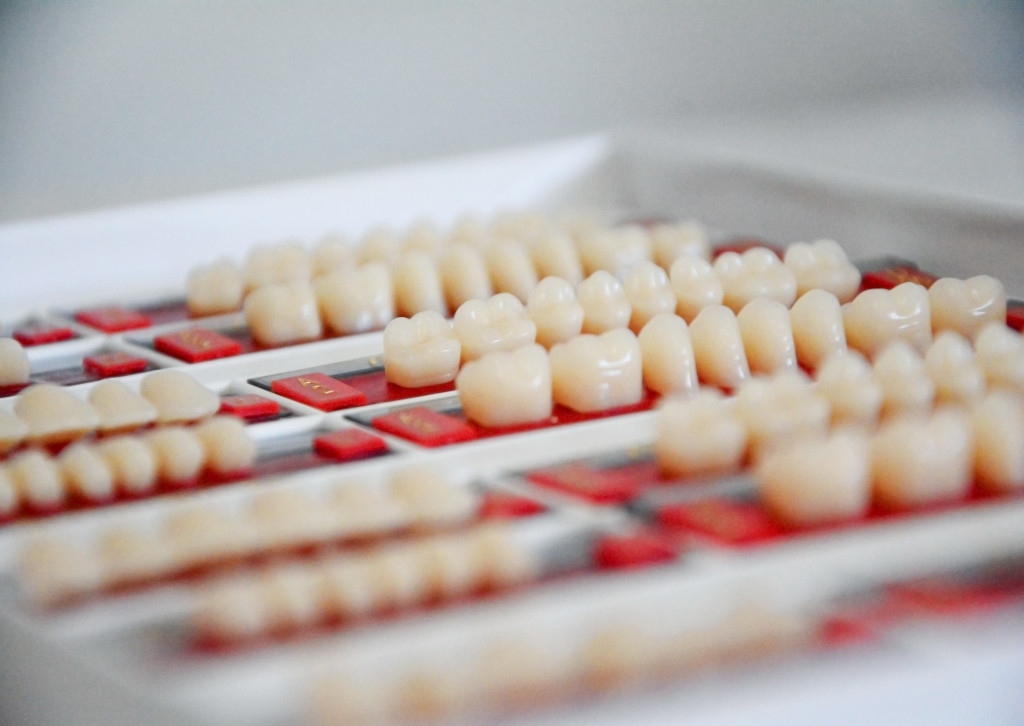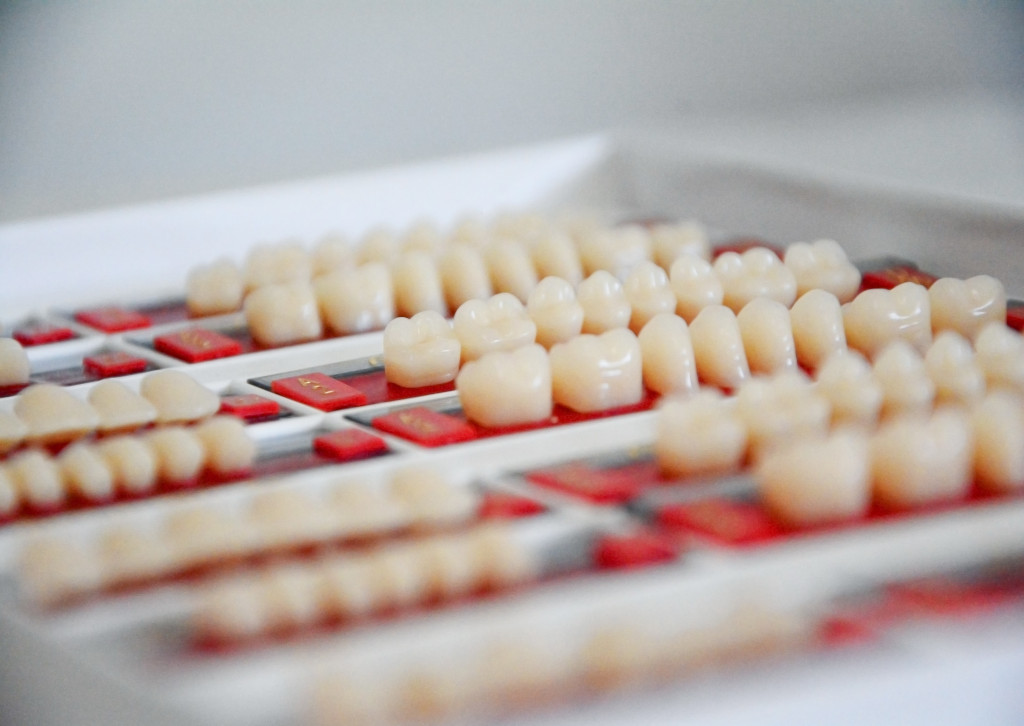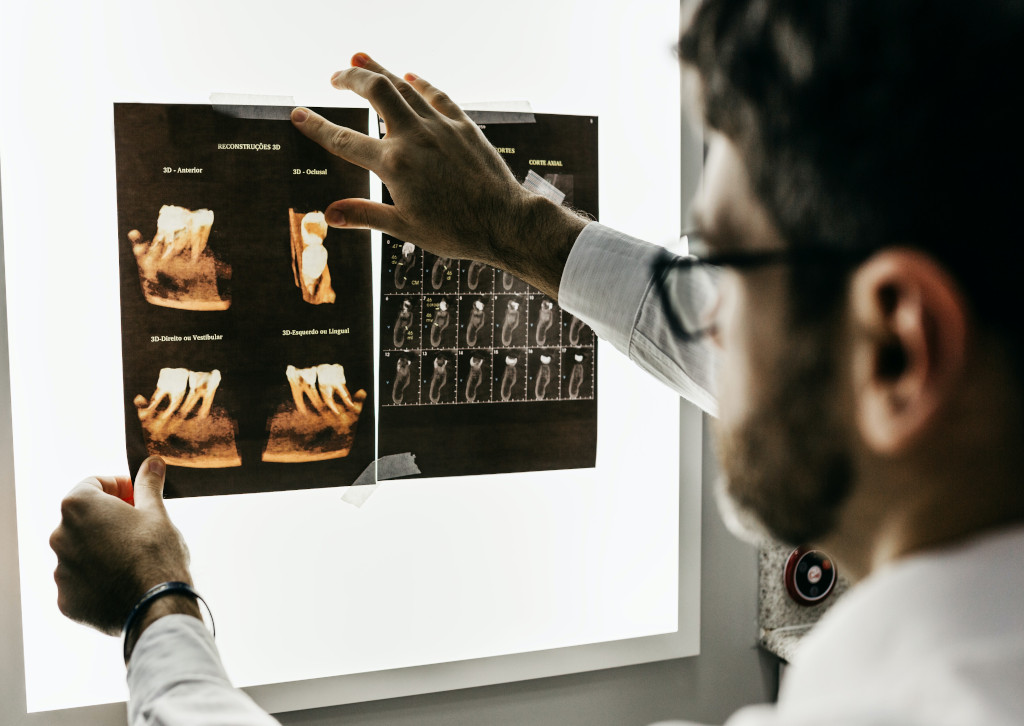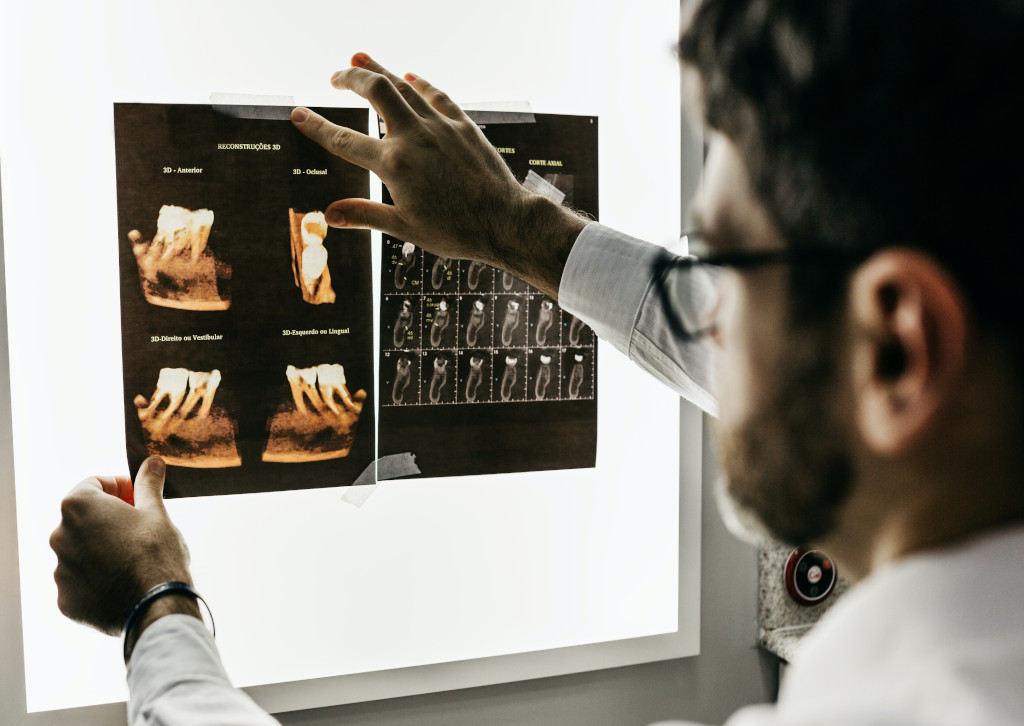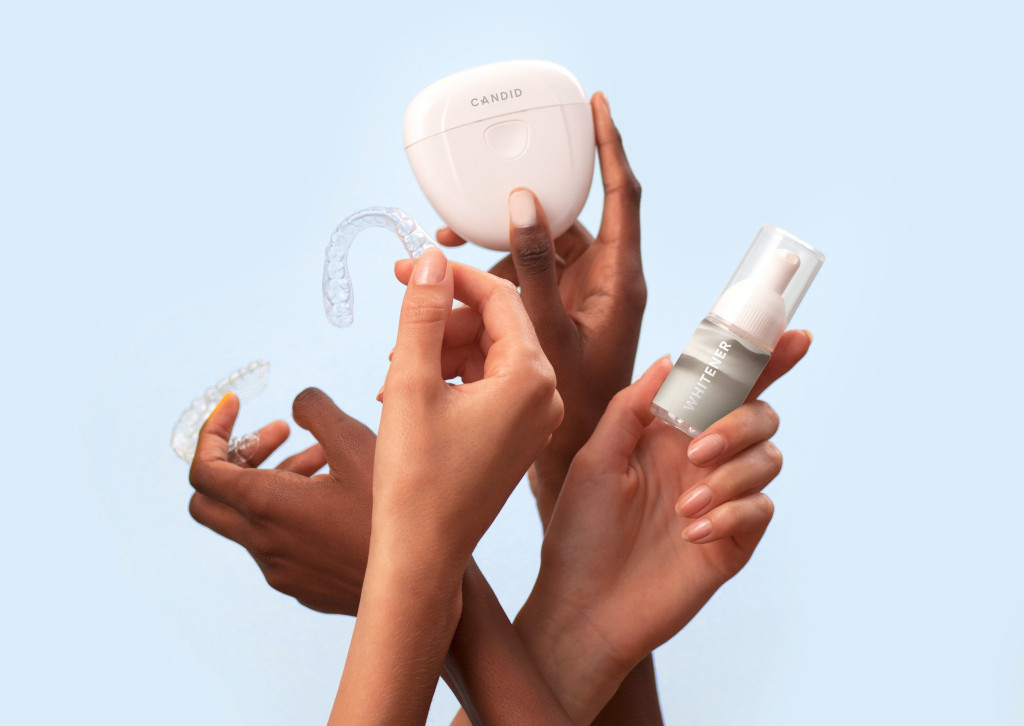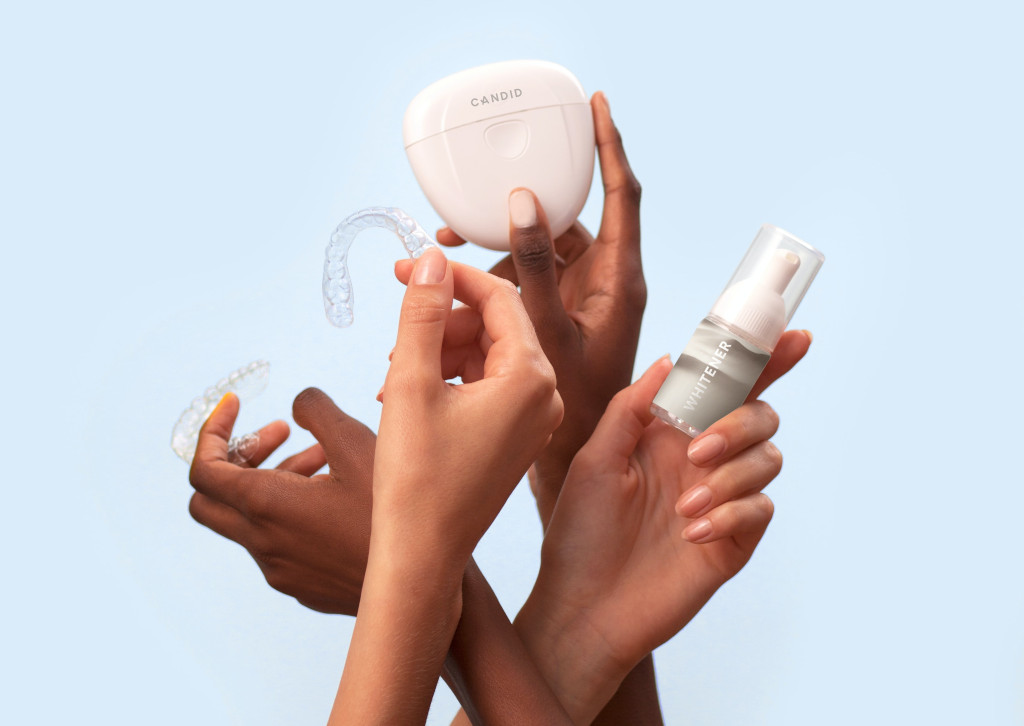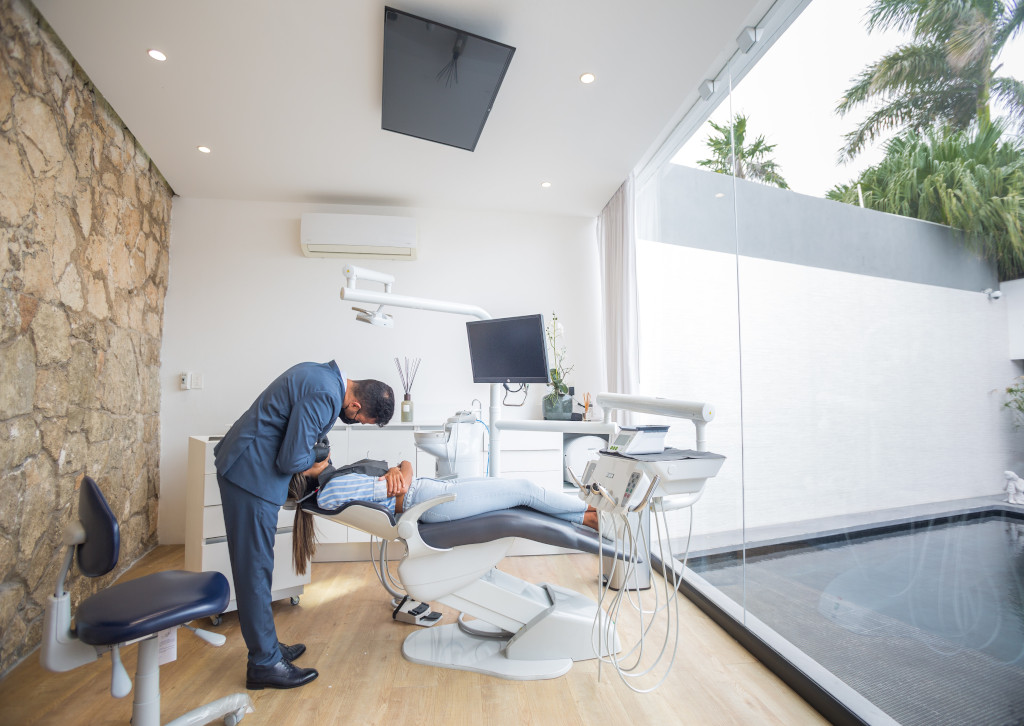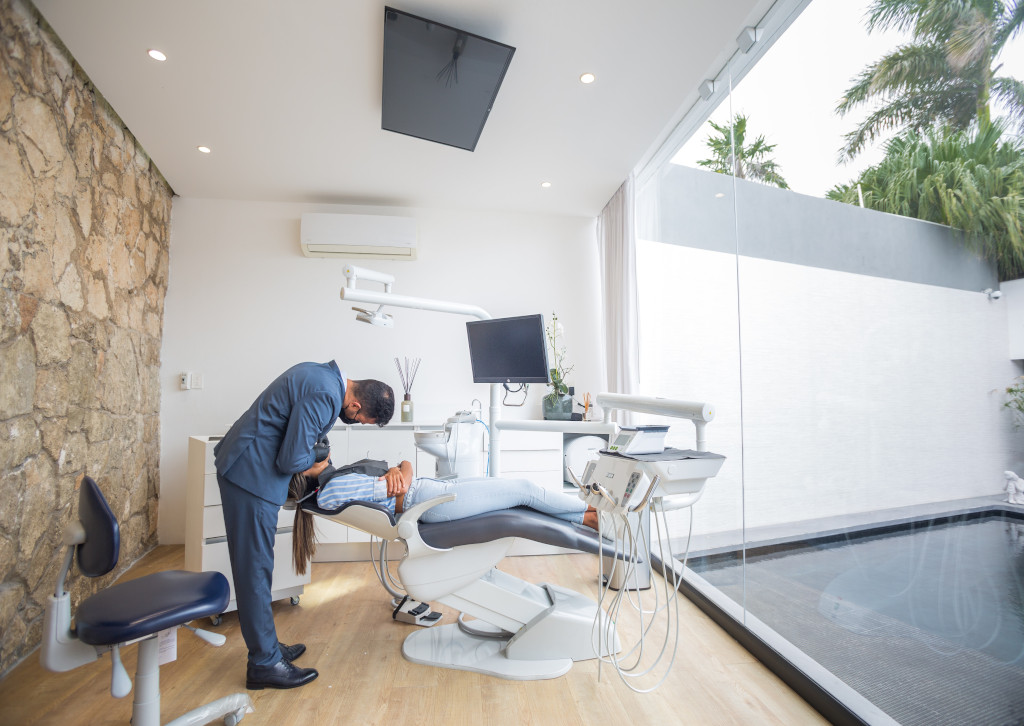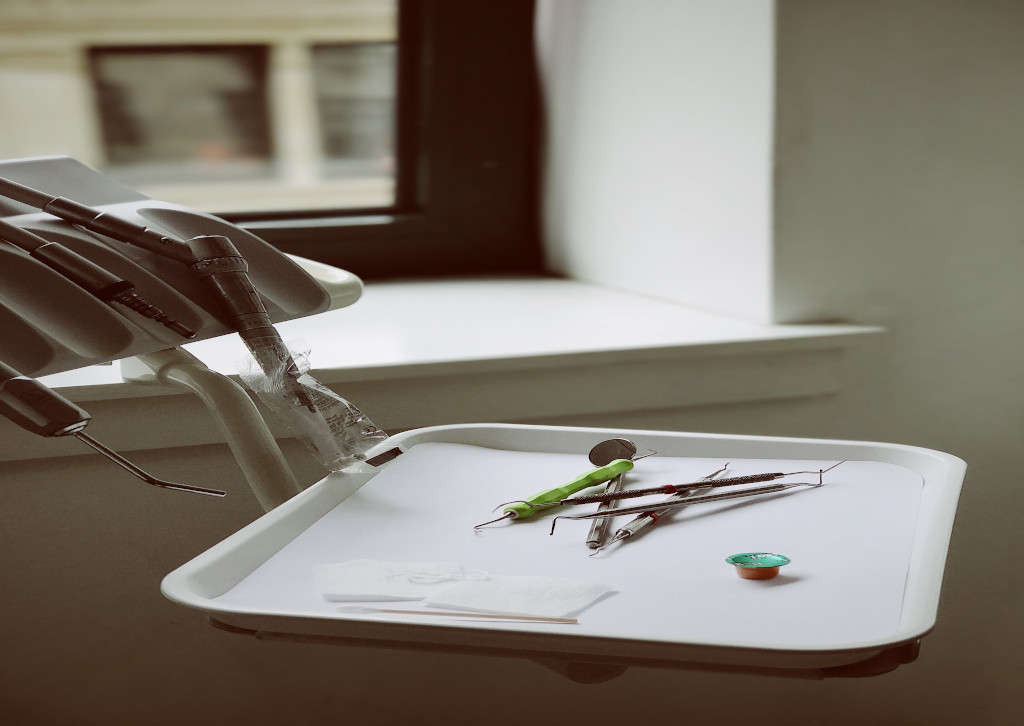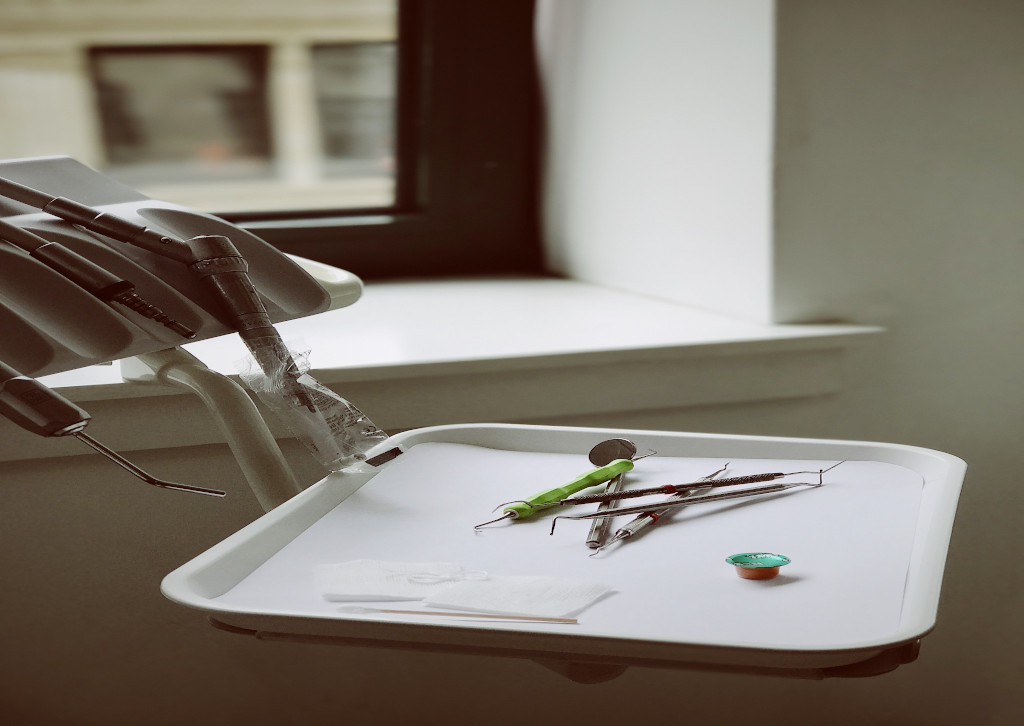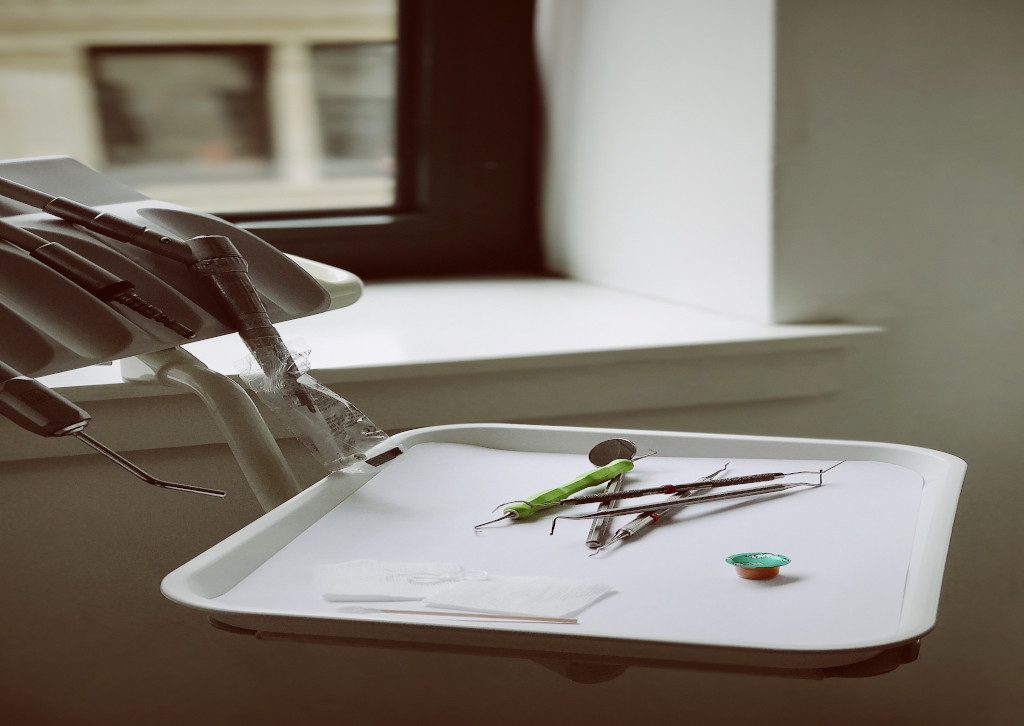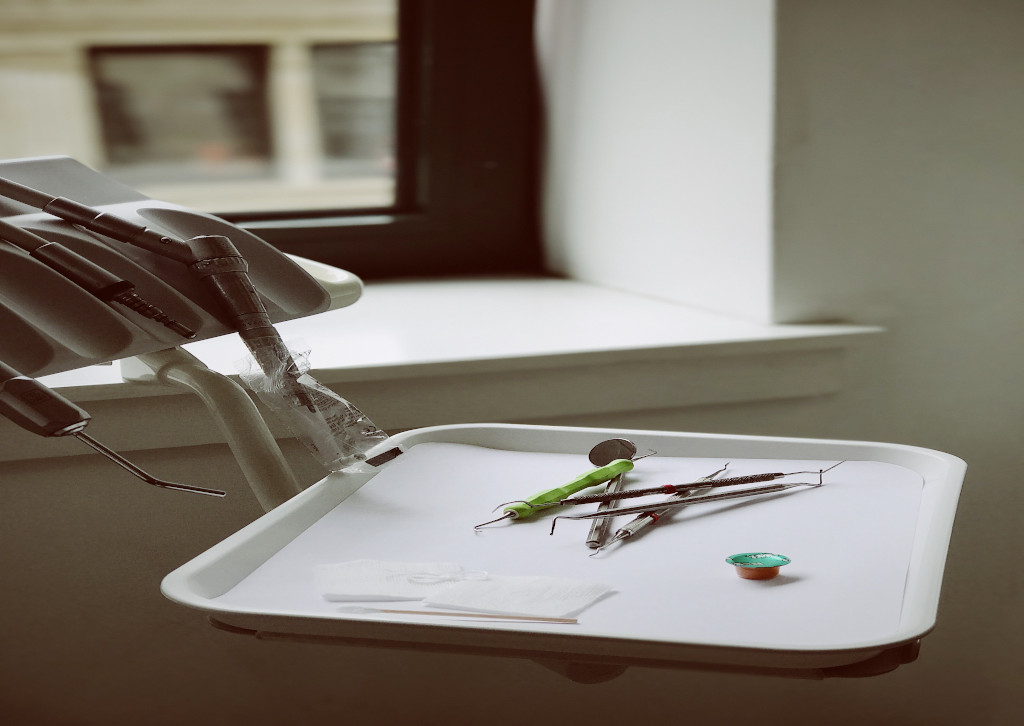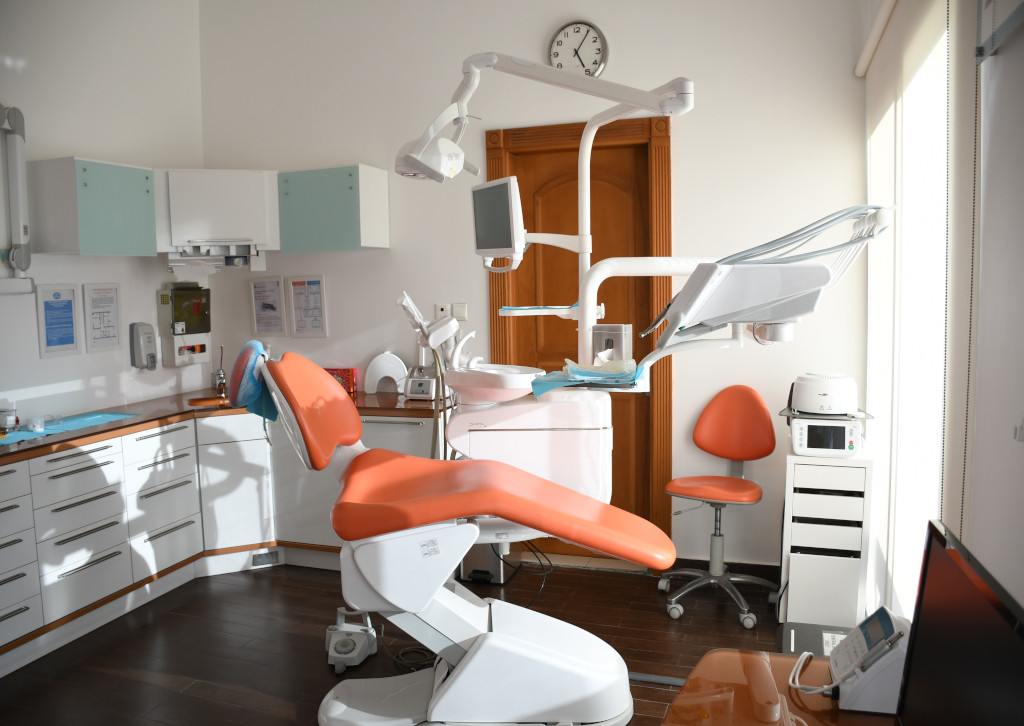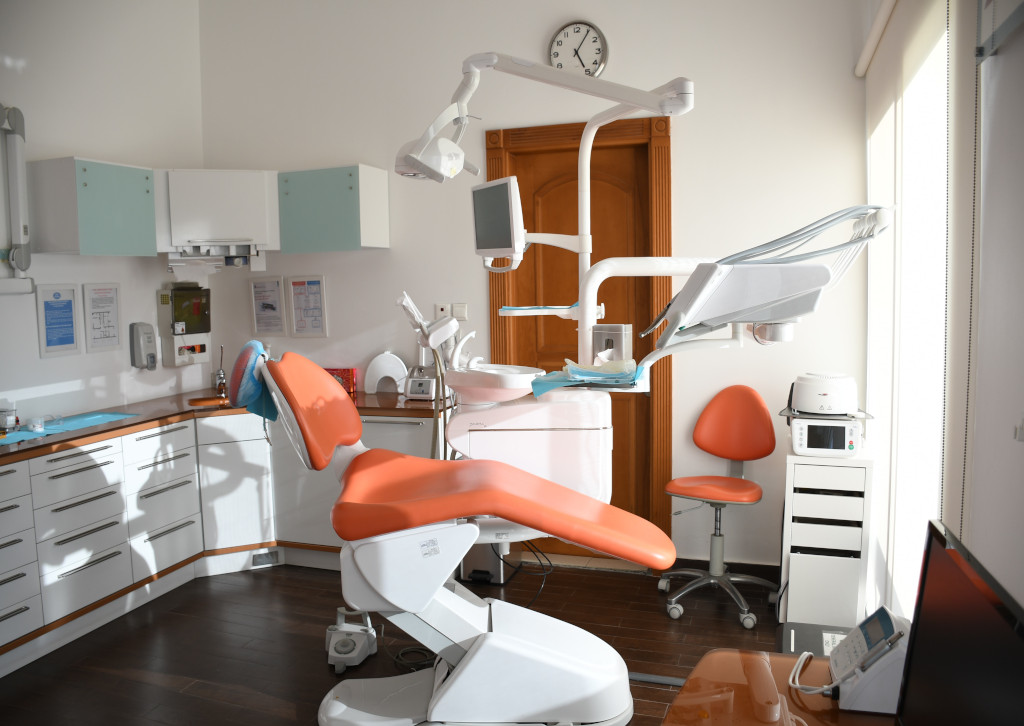Q
What’s the best manual toothbrush?
A
I get asked this a lot. For something as basic as brushing twice daily, we sure have made it complicated!
Here, I’ll walk you through…
1. What actually matters when choosing a brush
2. The three that I most commonly recommend
What matters when choosing a brush
The things I look for, in order of importance:
Soft (or extra) soft bristles: This is priority number one. Medium and hard bristles can cause gingival abrasion or create microabrasions in enamel, which can leave the teeth more susceptible to cavities, gum recession, and sensitivity.Quality bristles: This is a must-have because of the potential for bristles to do major damage. I’ve seen this damage first-hand in my patients. When a manufacturer takes shortcuts, the result is low quality bristles with sharp or jagged edges which damage teeth.STOP using medium or hard bristles, which can cause gingival abrasion + create microabrasions in enamel.
Bristles should be
1. soft
2. quality
3. replaced often@AmerDentalAssn seal of acceptance is a good guide for determining bristle quality
— Dr. Mark Burhenne (@askthedentist) February 21, 2021
How Important is the ADA Seal?
The ADA Seal of Acceptance lays out a good framework for how to judge whether bristles are safe. That said, there are some great toothbrushes out there that couldn’t afford going through the ADA Seal process even though they meet the requirements—two of these is included in my list below, the Oral-B and the Nimbus. To qualify for the seal, the manufacturer must provide evidence that their bristles are “free of sharp or jagged edges and endpoints” as well as pay a fee to be able to use the seal in their marketing.
In other words, if you’re in a hurry, the ADA Seal is a good shortcut. But, there aren’t that many brushes that have it. If in doubt, consult your dentist to ask if a brush has quality bristles or not.
Ask the Dentist is supported by readers. If you use one of the links below and buy something, Ask the Dentist makes a little bit of money at no additional cost to you. I rigorously research, test, and use thousands of products every year, but recommend only a small fraction of these. I only promote products that I truly feel will be valuable to you in improving your oral health.
Which Manual Brushes I Recommend
Best Manual Toothbrush for People Who Brush Too Hard

Radius Source
The wide massaging head helps prevent doing enamel and gum damage, since the forces are spread over a great surface area.The Radius Source reduces toothbrush waste by 93%. You keep the same handle and just change the replacement heads.The super-soft vegetable nylon bristles are great for bleeding, receding, or sensitive gums.Personally, I love the grip on this one. This is my personal go-to that I use daily. I also travel with the Radius Travel, which has the exact same head as the regular model.
Best Budget-friendly Manual Toothbrush
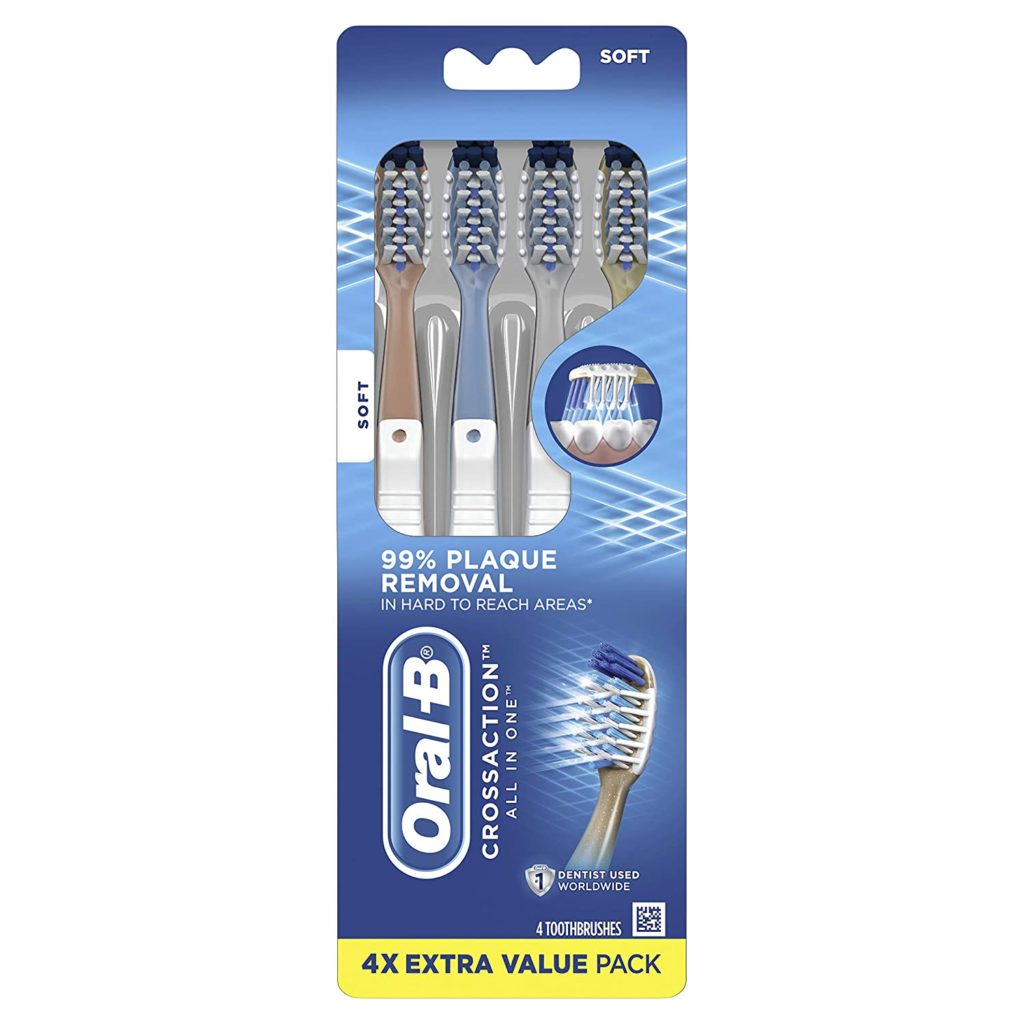
Oral-B Cross Action Manual Toothbrush
I gave these out in my private practice for over 30 years, so I’ve seen the long term effects of this brush, so I trust it implicitly. This is the old standby, you can’t go wrong.This brush works out to be just under $2.50 per brush.The value pack size is something I hope will encourage you to replace your toothbrush often (every 4-6 weeks to prevent bristles from wearing out and doing damage).I like to keep these on hand for guests who forgot their toothbrush.
Best Manual Toothbrush for Bleeding or Receding Gums
Nimbus Extra Soft Toothbrushes
This brush does NOT have the ADA Seal of Acceptance, simply because they are a small business that hasn’t paid for it. But it certainly meets the requirements. This is a great example of why the ADA Seal of Acceptance is a good shortcut, but it certainly misses a lot of great brushes.Invented by a periodontist, designed to get in between spaces, which is especially great for people with gingivitis or gum recession.The first time you use this brush, you might notice your teeth don’t feel as clean. Give it time to adjust—your teeth are getting clean without the harsh scrubbing, I promise.The beauty of the Nimbus is that it alerts you to areas in your mouth where you have recession or gingivitis. You’ll notice tenderness whenever the Nimbus bristles come to an area of the gums that inflamed—alerting you to focus a bit more on that area. I noticed this the first time I tried the Nimbus on myself—it caused tenderness in all of my usual areas of inflammation. By knowing the areas I needed to work on, over time, those areas got better! What wonderful feedback to be getting from a toothbrush, and a manual one at that!
So, there you have it. Those are my go-to manual toothbrush recommendations, but certainly not the only great manual brushes to choose from.
To recap, bristles should be…
SoftQuality (Use ADA Seal of Acceptance guidelines to determine this—not necessarily the Seal itself, which is pay to play)Replaced often (every 4-6 weeks, because even the best quality toothbrush will wear out and become too sharp for enamel)
Hope that simplifies things for you a bit! For further reading, I recommend my guide How to Brush Your Teeth to improve your technique as well as my guide to the best electric toothbrushes.
Referenceshttps://www.mouthhealthy.org/en/ada-seal-products/category-display/compare-products/product-report?productid=3987&company=Radius+Corp.https://www.ada.org/en/member-center/oral-health-topics/toothbrushesAmerican National Standards Institute/American Dental Association. Standard No. 119 Manual Toothbrushes. Chicago, IL: American Dental Association; 2015.https://www.ada.org/en/science-research/ada-seal-of-acceptance/how-to-earn-the-ada-seal/general-criteria-for-acceptance
The post The Top 3 Manual Toothbrushes I Recommend to Patients appeared first on Ask the Dentist.
Did you miss our previous article…
https://www.cosmeticdentists-usa.com/?p=374



